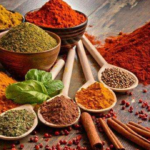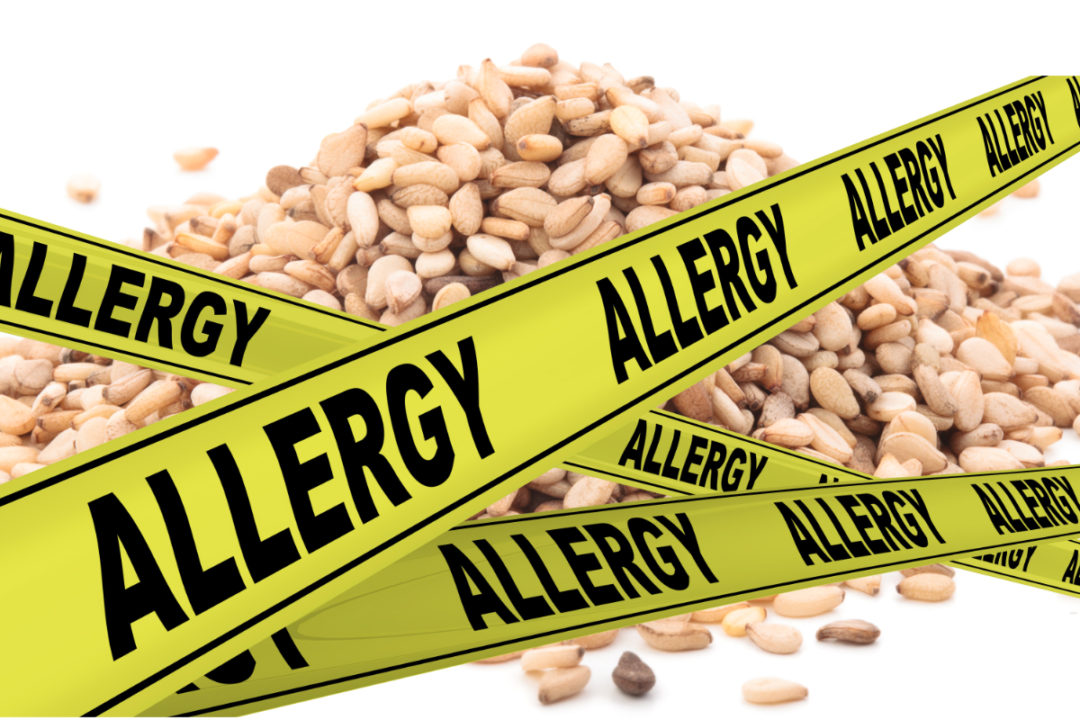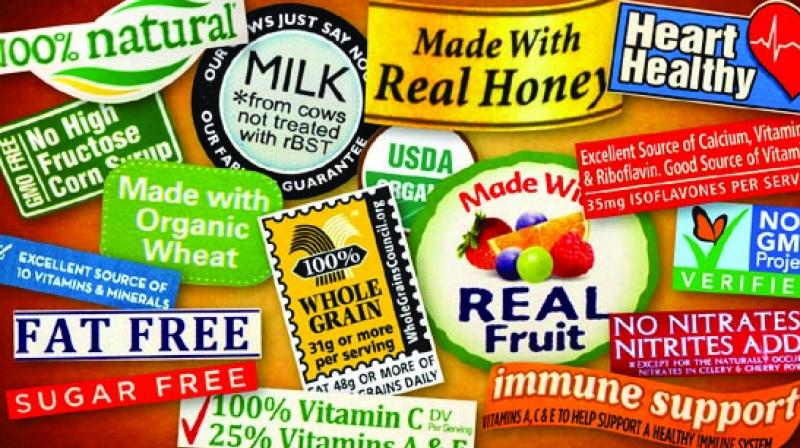Currently Empty: ₹0.00
Sesame: Are we risking a carcinogen in our food
Sesame seeds exported from India have faced some challenges recently. Very high levels of ethylene oxide were notified through RASFF (Rapid Alert System for Food and Feed) in the month of September, in certain batches of sesame seeds originating in or sent from India and having entered the EU. Those results exceed more than 1,000 times the maximum residue limit (MRL) of 0.05 milligrams per kilogram for ethylene oxide set by regulation. This affected more than 250 tonnes of sesame seeds distributed in 34 batches from several different exporters. As per RASFF the analytical results of sesame seeds exported to Belgium showed Ethylene oxide at 186mg/kg. Ethylene oxide is one of the chemicals in the list of unapproved chemical as an active substance for use in plant protection products.
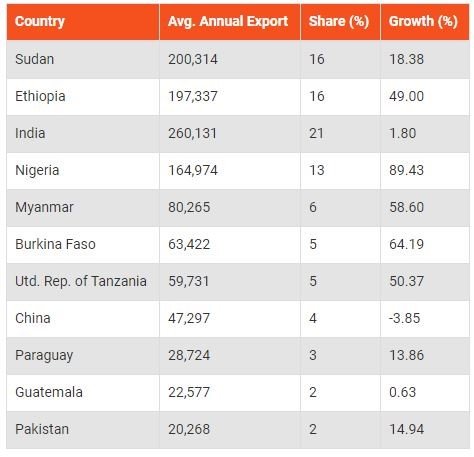
India is the largest exporter of sesame seed in the world, which also means it controls a significant part of the market, approximately 21% totaling an annual export of 260,131 tons during the period 2001-2016. But a situation like the above could result in India loosing the leadership position.
Although sesame is one of the 14 allergens that EU has identified but this time the recall that is happening is not due to allergen not getting mentioned or wrong labeling or any presence of microorganisms but the recall of the sesame seeds that are exported to different countries like Belgium, Andorra, Bulgaria, Denmark, Estonia, Greece, Hungary, Ireland, Latvia, Lithuania, Malta, Poland, Portugal, Qatar, Romania, Russia, Saudi Arabia, Singapore, Slovakia, Slovenia, Spain, Switzerland, United Arab Emirates, and the United Kingdom is due to the high levels of ethylene oxide.
Such contamination constitutes a serious risk to human health as it is classed as a mutagen, a carcinogen, and a reproductive toxicant, according to the European Commission. Although the consumption of the contaminated sesame seeds does not pose an immediate risk to health, there may be health issues if there is continued consumption of ethylene oxide over a long period of time. Therefore, exposure to this substance needs to be minimized. Experts at Netherlands Food and Consumer Product Safety Authority (NVWA) are investigating how much-contaminated sesame seed you have to eat before there are issues.
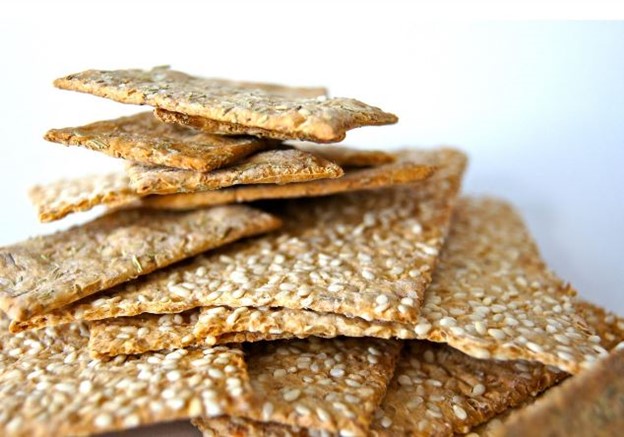
In 2017 EU had commissioned implementation regulation for specific conditions for consignments from third countries due to microbial contamination and amended Regulation (EC) No 669/2009. This was adopted in the year 2017 to ensure the sesame seed that is exported to EU Countries from India, did not contain Salmonella which was found to be prevalent.
To overcome this problem of Salmonella in sesame seeds, Indian exporters started using Ethylene oxide to inhibit the growth of Salmonella during the storage and transport.
The outcome has been the industry has jumped out of the frying pan into the fire. The problem has also been escalated because the local regulator FSSAI has no regulation with respect to residual Ethylene oxide in products sold locally leaving the local population exposed to carcinogenic agent in their supply chain.

Sesame seeds are widely used both in India and other countries in products including cereals, salads, chocolate, biscuits, bread, crackers, sesame oil, bagels, and Asian dishes. It is also used extensively in the Indian cooking while making gravies. It is also used to make a lot of Indian sweets like gajak and revadi in Rajasthan and other similar products.

Author: Sarika Agarwal is the Managing Director and Principal Consultant at Food Safety Works. She is an expert at international standards like FSSC22000, BRC and FSMA. Over her career spanning 15+ years, she has helped clients effective food safety management systems.


